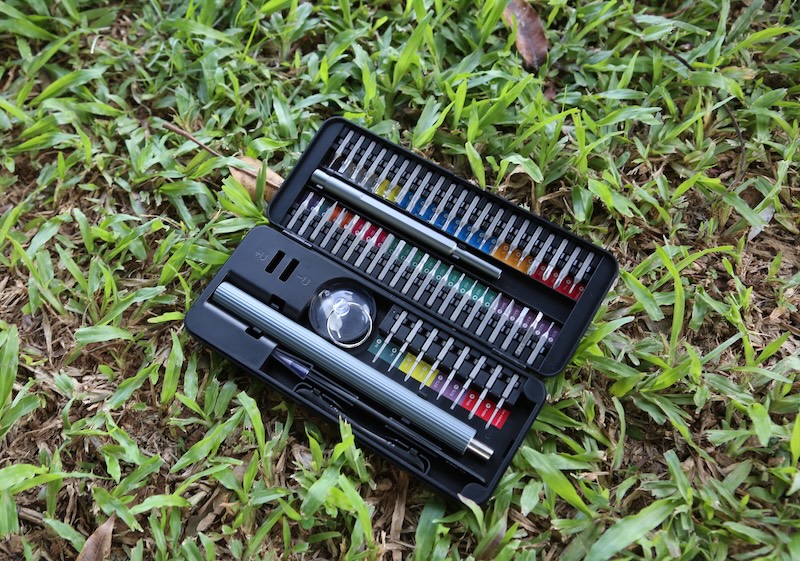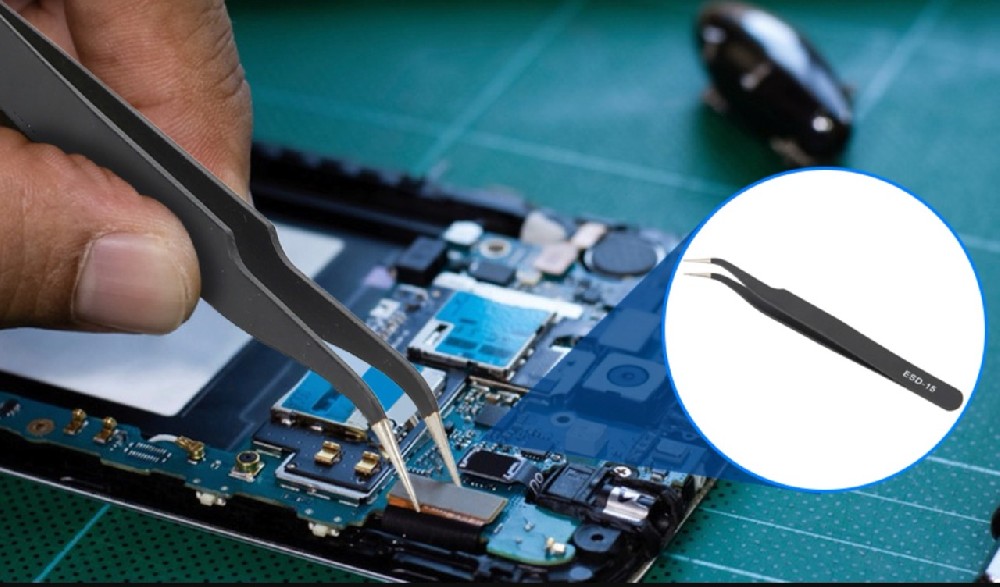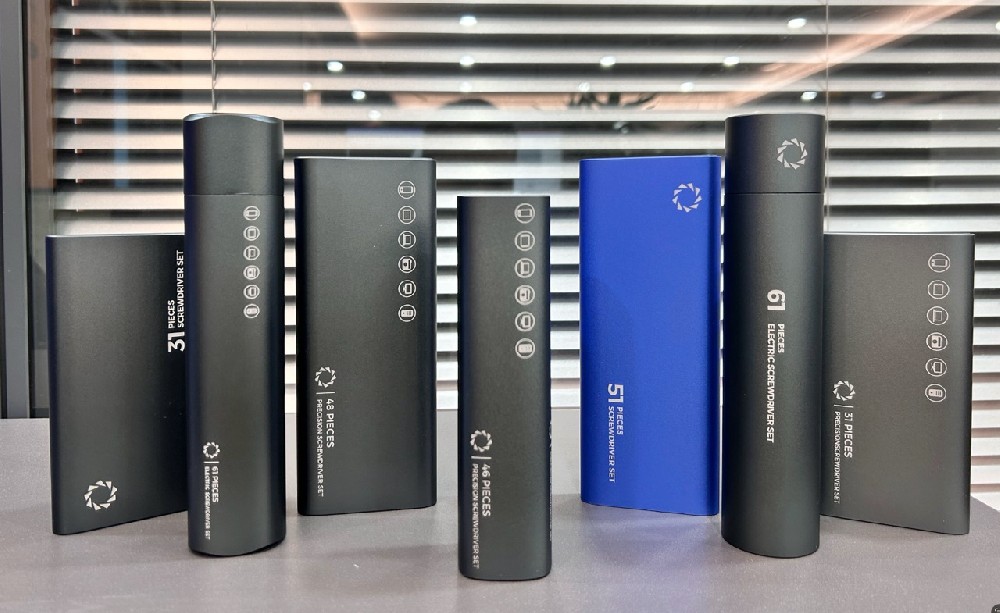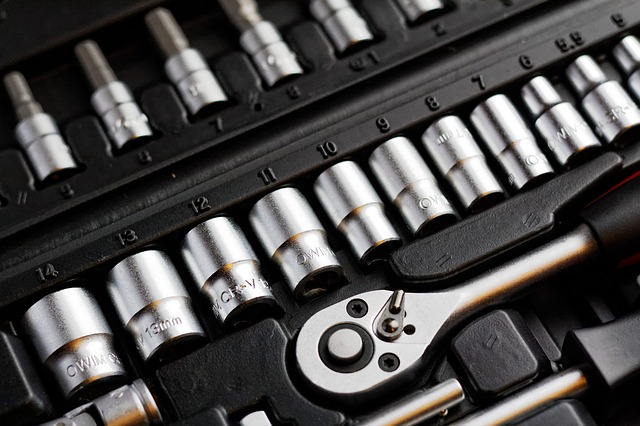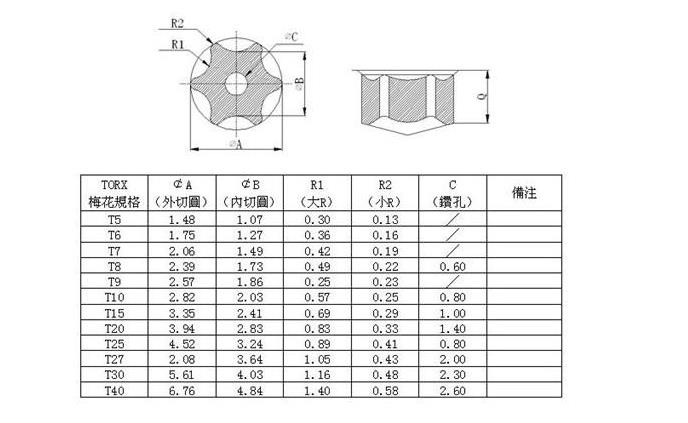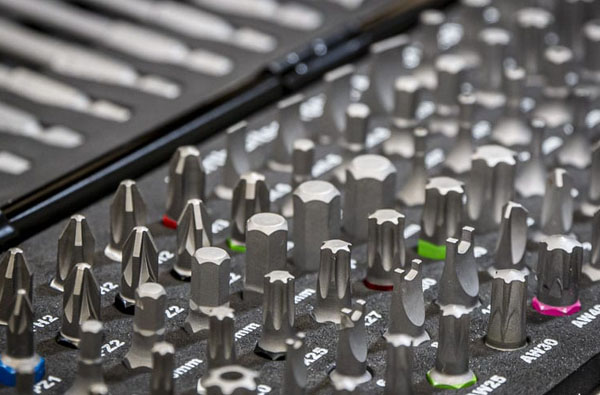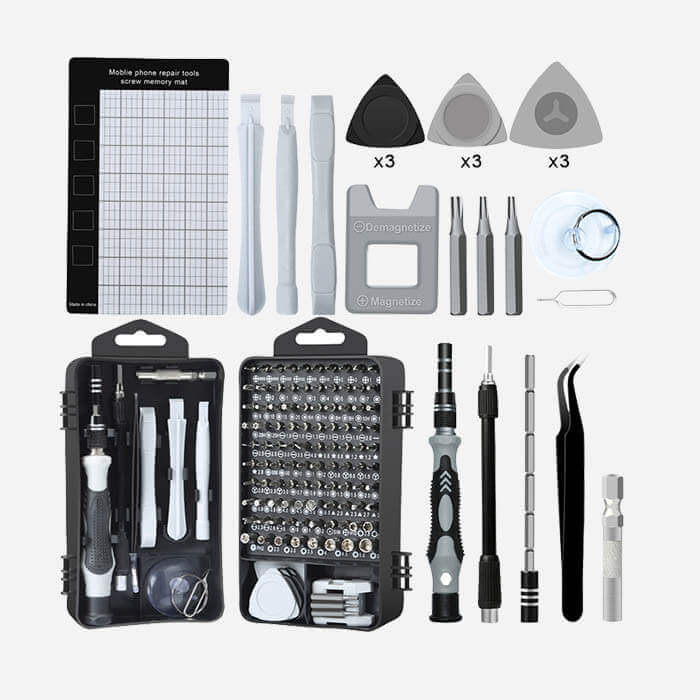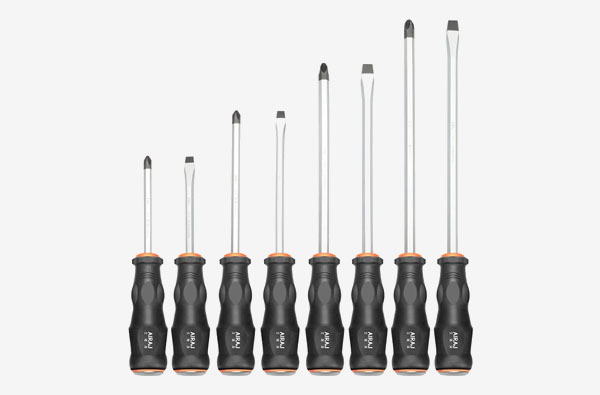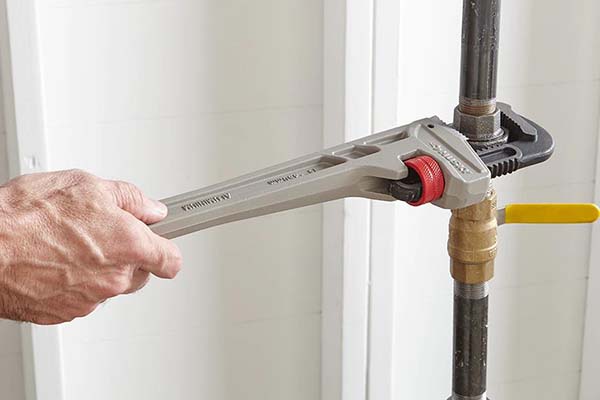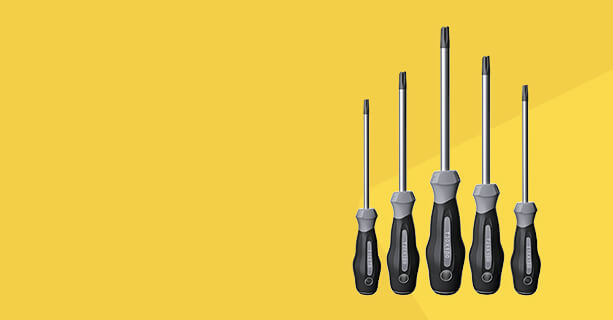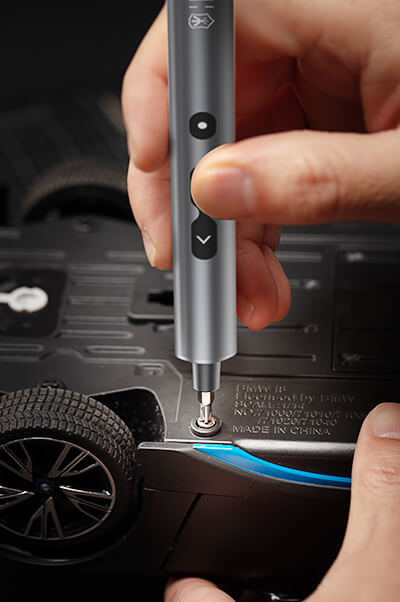
Most Common Tool Steel Grades with Applications
Tool steels are divided into 5 groups. Each of them has specific features regarding aspects like surface hardness, strength or toughness, working temperature, shock resistance and cost.

Most Common Tool Steel Grades with Applications
These five groups of tool steel are:
Water-hardening tool steel
Cold-working tool steel
Shock-resisting tool steel
High-speed tool steel
Hot-working tool steel
The cold-working group consists of three grade types: oil-hardening, air-hardening and D-grades.
Water Hardening tool steel or W-Grades
This group contains low-cost high carbon steels with high hardness. The price factor makes it the most widely used amongst tool steels.However, fragility is a side-effect of the W-grade’s hardness. Also, they are not suitable for working at elevated temperatures.The name derives from the fact that all steels in this group are water quenched. Water quenching may result in cracks and warping more often than oil quenching or air hardening. This is also why the sales, although still leading, have been decreasing compared to other grades. Like W1,
The most common applications of W-grade tool steels include:
Cutters and knifes
Cutlery
Embossing
Drills
Razor blades
Lathe tools
Air Hardening tool steel or A-Grades (Cold-Working)
A-grade tool steels have a higher content of chromium which results in a better response to heat treatment. The machinability of A-grade tool steels is quite good. In addition, they have great wear resistance and toughness properties. Like A2, A8, A6, 1.2363, 1.2516, 1.3501, 1.2550
The most common applications of A-grade tool steels include but are not limited to:
Cams
Bending dies
Blanking dies
Coining dies
Embossing dies
Lamination dies
Chipper knives
Lathe centres
Plastic injection moulds
Cold extrusion punches
D-Grades tool steel (Cold-Working)
In this group we find the tool steels that combine W-grade and A-grade characteristics. On one hand, they contain a higher amount of carbon compared to the water hardening type. On the other hand, they have the properties described above which are typical of the air hardening type.Because of their high chromium content, D series tool steels are often also categorised as stainless. But the corrosion protection is actually pretty limited. Like D2D3
The most common applications include:
Burnishing tools
Cutters
Cold extrusion dies
Lamination dies
Woodworking knives
Lathe centres
Drawing punches
Plastic injection moulds
Seaming rolls
Forming rolls
Oil Hardening tool steel or O-Grades (Cold-Working)
This tool steels group has great resistance to abrasion and high toughness properties. It is considered to be a general-purpose steel, making it very versatile. Like 1.3520, 1.2419, O2, O1
Most of the applications are similar to those of A-grade and D-grade tool steels, but also include:
Bushings
Chasers for thread cutting
Collets
Master engraving rolls
Gauges
Punches
Shock-Resisting tool steel or S-grades
This group contains low carbon tool steels and have very high toughness values. That allows them to be very resistant to shock at both low and high temperatures. However, they are not very resistant to abrasion because of the same low carbon content. Like S2, S7,
The most relevant applications of S-grade tool steels are:
Jackhammer parts
Blacksmith chisels
Cold working chisels
Hot working chisels
Clutch parts
Hot forming dies
Cold gripper dies
Chipper knives
Pneumatic tools
Hot stamps
High-Speed Tool Steel
These tool steels are especially common in cutting tools.Mechanical cutting methods result in a lot of heat generation. High-speed steels do not lose their hardness at high temperatures, though, making this a perfect use-case for them.
Common applications for high-speed steels:
Power-saw blades
Drill bits
Milling cutters
Gear cutters
Router bits
Hot-Working tool steel or H-Grades
When cutting material at very high temperatures, you may want to use a tool steel from this group. They high toughness and hardness values and keep their characteristics while working at high temperatures for long periods.This is achieved by having a low carbon content, but a high content of other alloying elements. Like 1.2367, H10, H11, H13, H21
The most common applications of H-grade tool steels include:
Casings
Hot forging
Dummy blocks for hot extrusion
Plastic injection moulds
Hot working punches
The choice of the tool steel you really need depends on the properties your specific application requires. The most common mechanical properties to consider are surface hardness, toughness, working temperature and shock resistance.
At the same time, it is important to include the cost of each material into the assessment matrix.
Also, it is very useful to answer questions about the requirements of sharp edges or cutting, how important abrasion resistance is, and the heat treatment method required.
| Grade | Description |
| A-2 | Air-hardening steel. Replaces O-1 when safer hardening, better dimensional stability and increased wear-resistance are required. Most widely used in the A series. |
| D-2 | High carbon and high chrome. Ideal grade for maximum production runs. Superior machinability. Excellent wear-resistance, high compressive strength, and deep hardening properties. Most widely used in the D series. |
| O-1 | Oil Hardening. Easy to machine. Good abrasion resistance. Most widely used in O series. |
| S-7 | Shock resistant tool steel. Used in applications that require high toughness and resistance. Used for moderately elevated temperature service. |
| M-2 | General purpose high speed steel. Most widely used in the M series. |
| W-1 | Water hardening tool steel. Water quenched to achieve desired hardness. Most widely used in W series. |
| H-13 | A chromium, molybdenum, vanadium hot work tool steel which is characterized by high hardenability and excellent toughness. |
If you are looking for a screwdriver factory to customize your screwdriver set, please do not hesitate to contact us, thank you!

